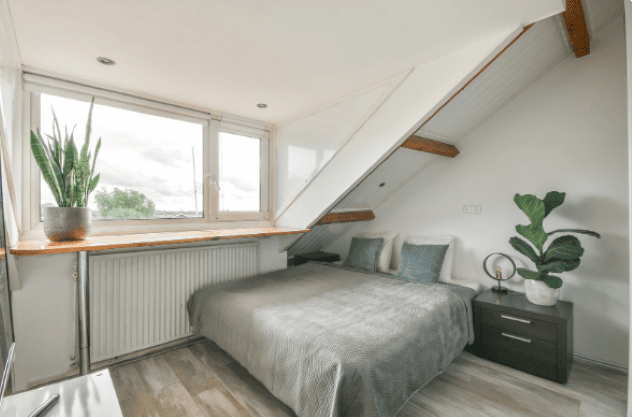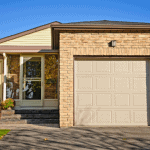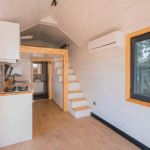
Imagine living in a cozy, charming house that’s just the right size for you, packed with everything you need and nothing you don’t. That’s the world of tiny houses, a growing trend that’s not just a fad but a sustainable way of living. In this article, we’ll explore why choosing a tiny house is not only a clever decision but also a crucial step towards a more sustainable future. Let’s dive into the nine key reasons that make tiny house living the ultimate sustainable choice.
Reduces Carbon Footprint
Tiny houses are champions in reducing carbon footprints. They are smaller, which means they use less energy for heating, cooling, and lighting compared to traditional houses. This significant reduction in energy consumption is essential in combating climate change. By choosing a tiny house, you are actively participating in preserving our planet for future generations.
Encourages Minimalism
Living in a tiny house naturally leads to a minimalist lifestyle. With limited space, you become more mindful of what you own and purchase. This mindset encourages reducing waste, reusing items, and recycling, which are all cornerstones of sustainability. By embracing minimalism, tiny house residents contribute to a less wasteful world.
Lowers Resource Usage
Building a tiny house requires fewer materials than a standard-sized home. This lower usage of resources like wood, metals, and plastics means a smaller environmental impact during the construction phase. Additionally, the ongoing resource needs, like water and electricity, are also considerably less in a tiny house, making it a more resource-efficient living option.

Promotes Eco-Friendly Technologies
Tiny houses are often equipped with eco-friendly technologies like solar panels, composting toilets, and rainwater harvesting systems. These technologies are not just cool gadgets but practical solutions that reduce reliance on non-renewable resources and promote sustainable living practices. By adopting these technologies, tiny house dwellers are at the forefront of eco-friendly living.
Enhances Community and Connection
Tiny house communities are known for their strong sense of community and connection with nature. Living in a smaller space often means spending more time outdoors and engaging with neighbors. This communal living fosters a shared responsibility for the environment and promotes sustainable communal practices, such as shared gardens and community recycling programs.
Offers Financial Freedom
One of the most appealing aspects of tiny house living is financial freedom. The reduced costs in building and maintaining a tiny house mean less financial strain and more opportunity to invest in sustainable practices. This financial advantage allows residents to focus more on quality of life and less on material possessions, aligning with sustainable living principles.
Fosters Environmental Stewardship
Living in a tiny house cultivates a deeper connection and respect for the environment. Residents become more aware of their surroundings and the impact of their lifestyle on nature. This awareness often leads to greater environmental stewardship, such as engaging in local conservation efforts, supporting sustainable practices in the community, and advocating for environmental policies. Tiny house living doesn’t just change where you live; it changes how you interact with the world around you, fostering a mindset of care and responsibility for the planet.

Reduces Urban Sprawl
Tiny houses can play a crucial role in reducing urban sprawl. With their compact design, they require less land per dwelling, allowing more people to live in a smaller area. This efficient use of land helps preserve natural habitats and agricultural space, and reduces the need for extensive infrastructure like roads and utilities. By opting for a tiny house, individuals can contribute to a more sustainable urban development pattern that prioritizes green spaces and ecological balance.
Encourages Sustainable Mobility
The often mobile nature of tiny houses encourages a lifestyle that is less dependent on personal vehicles. Many tiny house owners choose locations close to public transportation, work, and amenities, reducing the need for long commutes and frequent car use. This shift towards sustainable mobility not only reduces greenhouse gas emissions but also encourages physical activity and community engagement. In addition, the flexibility of a tiny house can align with a nomadic lifestyle, which often means less consumption and a greater appreciation for experiences over possessions.
Conclusion
Tiny house living is more than just a trend; it’s a sustainable lifestyle choice that offers numerous benefits for the individual and the planet. By reducing carbon footprints, encouraging minimalism, lowering resource usage, promoting eco-friendly technologies, enhancing community connections, and offering financial freedom, tiny houses present a viable solution for a sustainable future. As we strive towards a greener, more sustainable world, embracing the tiny house movement could be one of the most impactful decisions we make. Join the tiny house revolution and take a step towards a more sustainable and fulfilling life!






